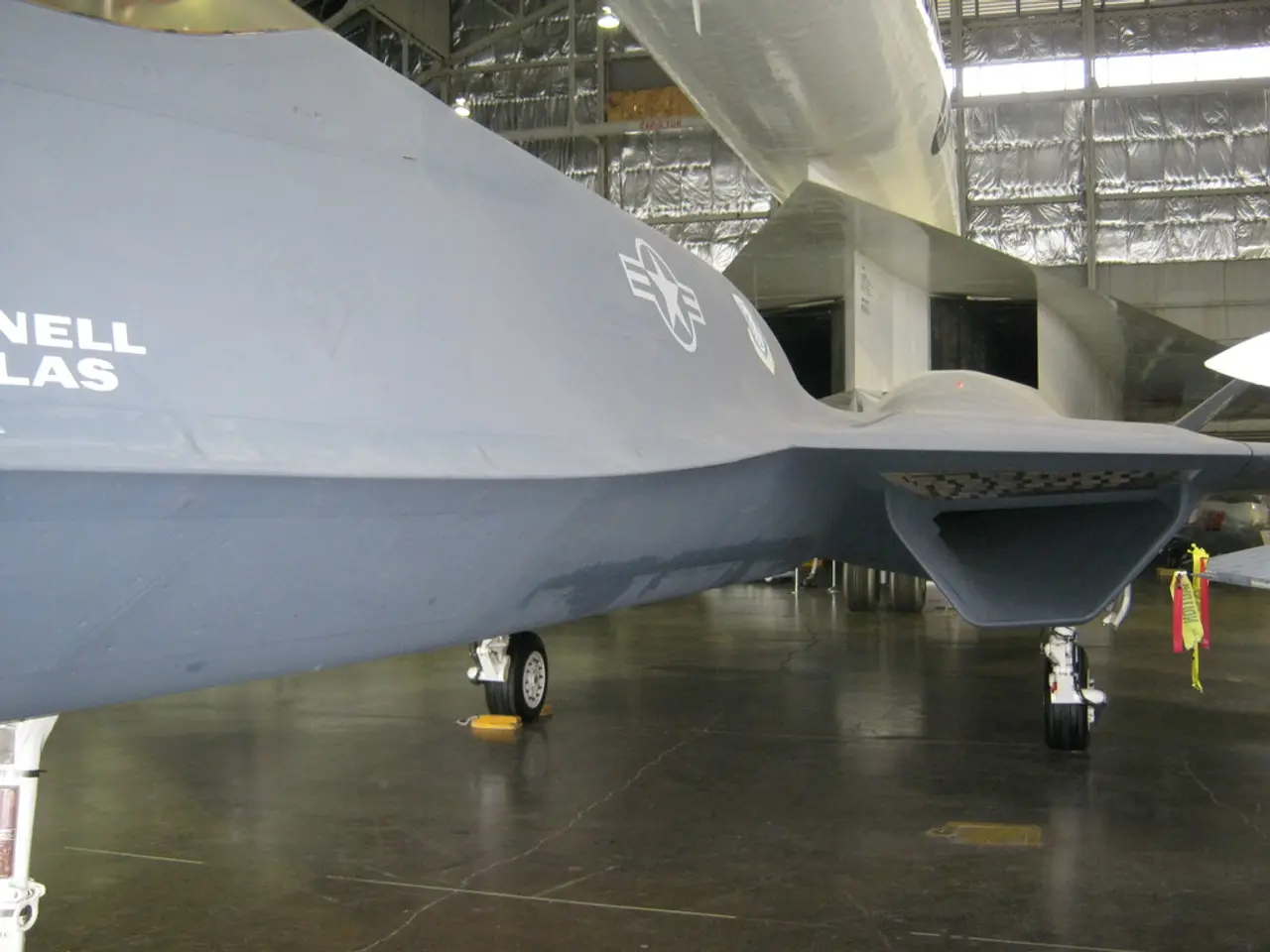Drone-assisted Rescue: A Runaway E-bike Escape from Putin's Boiler Heat
In conflict zones across Ukraine, drones are increasingly being used for logistical support, delivering critical supplies and goods to troops on the ground. However, the tactic faces challenges due to limitations in payload capacity, range, and reliability.
Recently, Ukrainian forces have experimented with using First-Person View (FPV) drones to transport heavier goods such as electric bikes to frontline soldiers. One such operation by the 4th Brigade involved delivering an 88-pound e-bike via drone, a feat that required multiple attempts due to the strain on the drone's motors and the risk of being shot down.
Drones offer benefits such as rapid delivery, reduced risk to human couriers, and the ability to resupply soldiers in difficult or dangerous terrain. Successful delivery of e-bikes, for instance, enables greater mobility for troops on the ground, potentially aiding evacuation or repositioning after casualties.
However, the payload capacity and battery life of drones limit the size and weight of cargo that can be transported, reducing practical range and reliability. High attrition rates occur due to drones being shot down or suffering mechanical failures under heavy loads.
Moreover, while drones are useful force multipliers, they cannot fully replace artillery or heavy indirect firepower in delivering destructive effects. Russia's forces are also advancing drone technologies, indicating that drone warfare is an evolving contest with technological adaptation on both sides.
The US Defense Advanced Research Projects Agency (DARPA) is seeking an autonomous drone with twice the lifting capacity of a heavy-lift helicopter, CH-53K King Stallion. This drone, if successful, could potentially overcome the current limitations in payload capacity and range.
In Ukraine, ground drones are partly controlled via fiber optic cable. Mykola Hrytsenko, a former commander of the 4th Brigade "Rubizh" of the Ukrainian National Guard, explains in a YouTube video that they are trying to use drones to transport an e-bike to an encircled Ukrainian soldier to help him escape to their own positions. However, two drones and two e-bikes were lost during the attempt, with the rescued soldier reportedly driving over a landmine on his escape but remaining unharmed.
Elsewhere, the use of drones for transporting goods is not new, but integrating ground drones into the supply chain is already an established practice. Amazon, for example, conducted a test flight for delivery drones over the Italian sky on December 4, 2024, using the MK-30 drone system.
Despite the potential benefits, some argue that drones are merely a makeshift solution that cannot keep up with heavy artillery fire. Jakob Jajcay, a former drone unit legionnaire in Ukraine, provocatively titles his report for the Center for European Policy Analysis (CEPA): "I'd rather have a mortar than a drone."
In conclusion, drones in Ukraine are an emerging logistics tool with promising tactical benefits but significant current limitations in payload capacity, range, and reliability within hostile environments. Their primary impact remains in reconnaissance and precision strike roles, with cargo delivery being innovative yet experimentally constrained.
[1] "Drones in Ukraine: A New Frontier for Logistics." Business Insider, 2022. [2] "Ukraine's Drones: A Game Changer in the Conflict." Atlantic Council, 2022. [3] "Russia's Drones: Extended-Range FPV Drones with Solar Panels." Defense News, 2022. [4] "The Impact of Drones on Battlefield Tactics." Military Times, 2022.
- Amidst the evolving landscape of war-and-conflicts, politics, and general-news, the integration of drones into logistics is being experimented by Ukrainian forces, with the aim of delivering heavier goods like electric bikes to troops in conflict zones.
- Despite the ambitious goals of organizations like DARPA to develop drones with improved payload capacity and range, the current limitations in drone technology continue to constrain their practical use in delivering critical supplies to troops in Ukraine.







